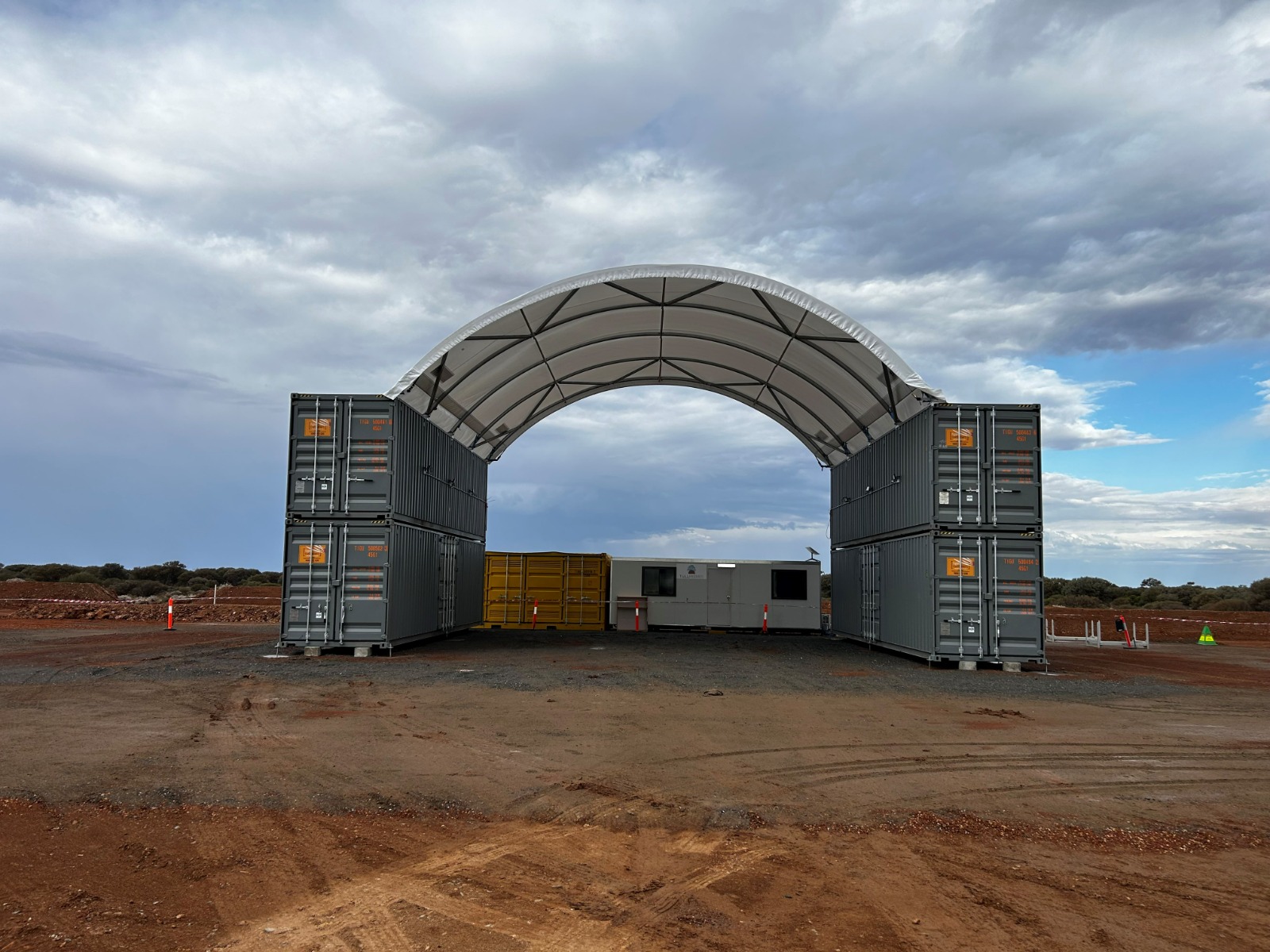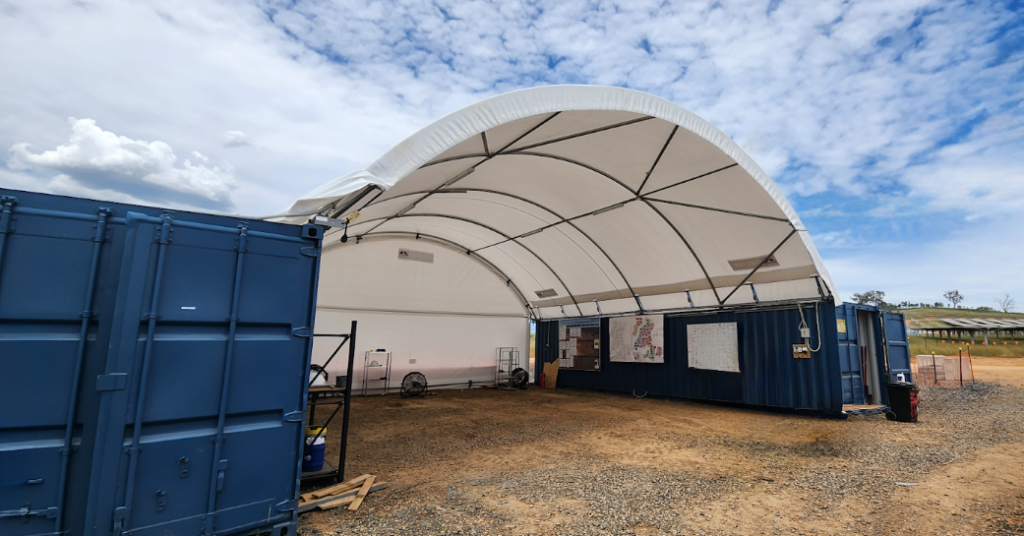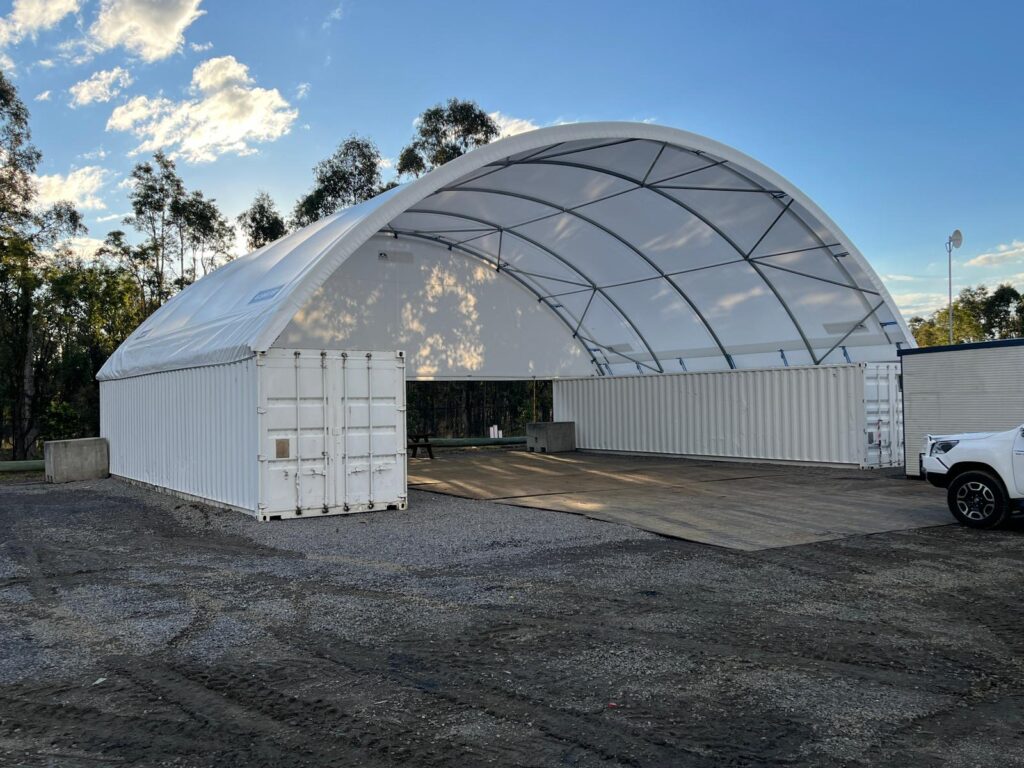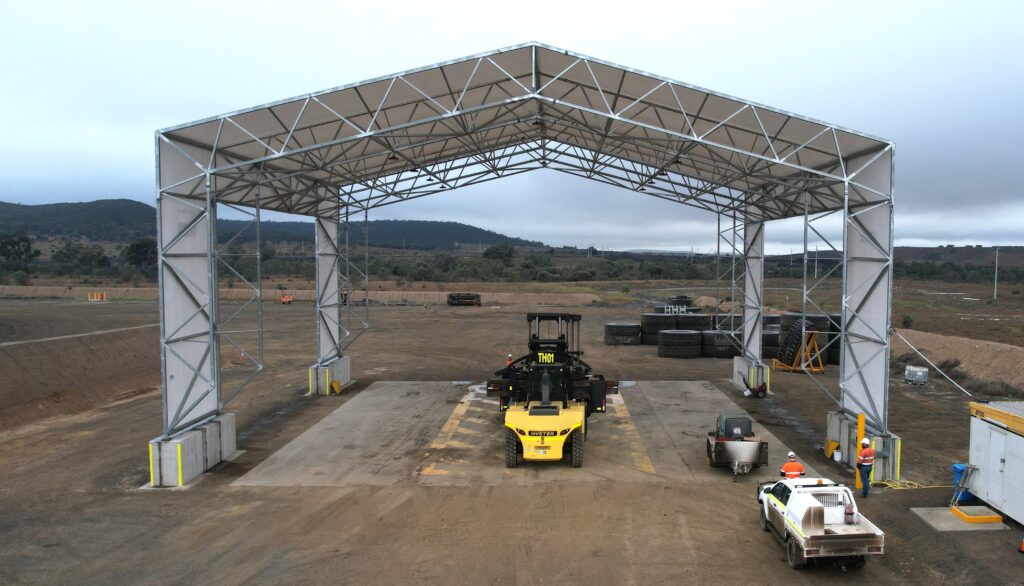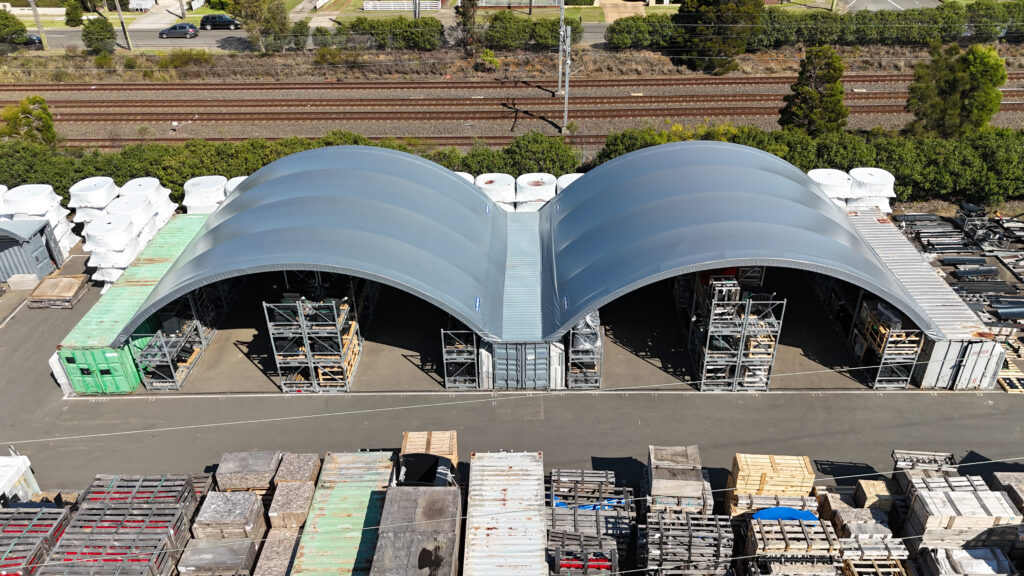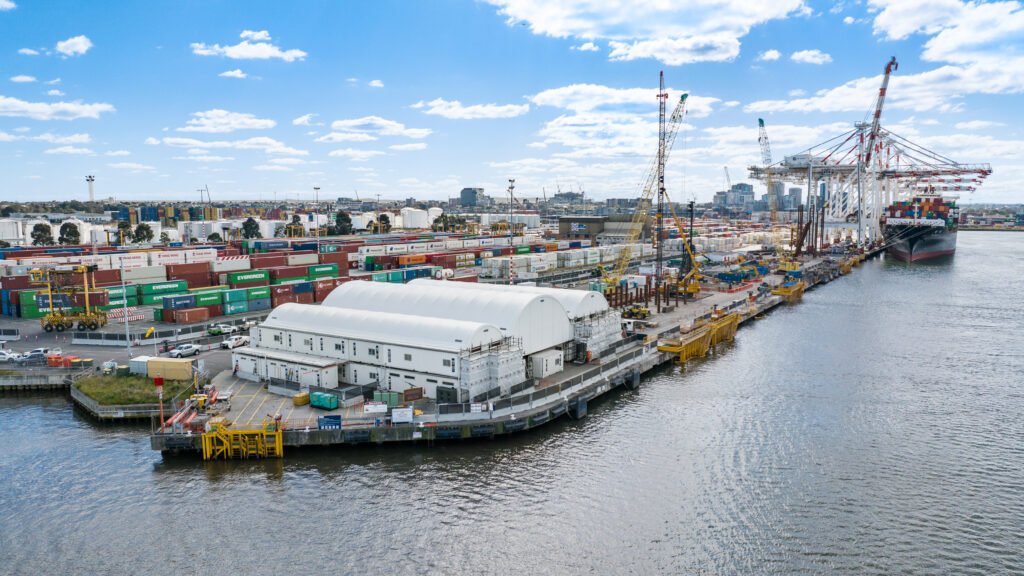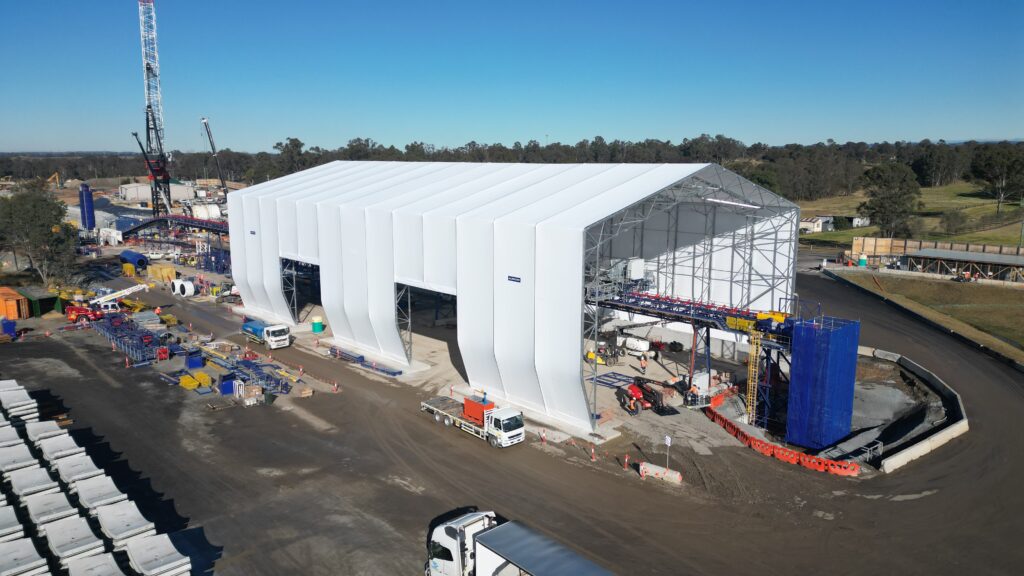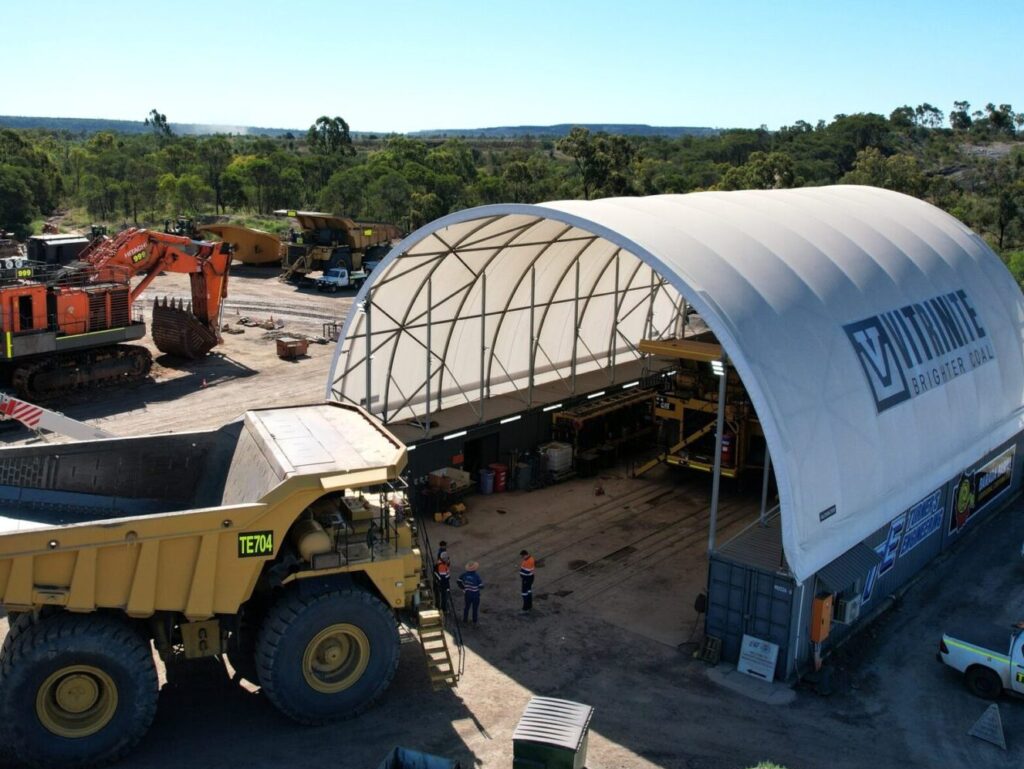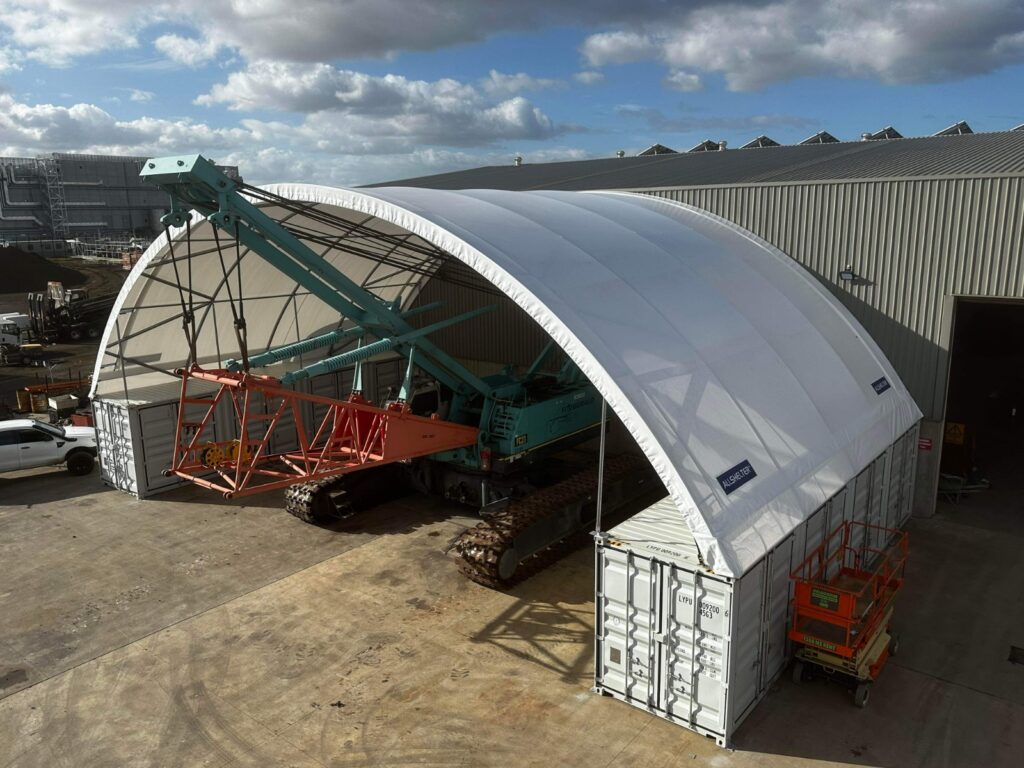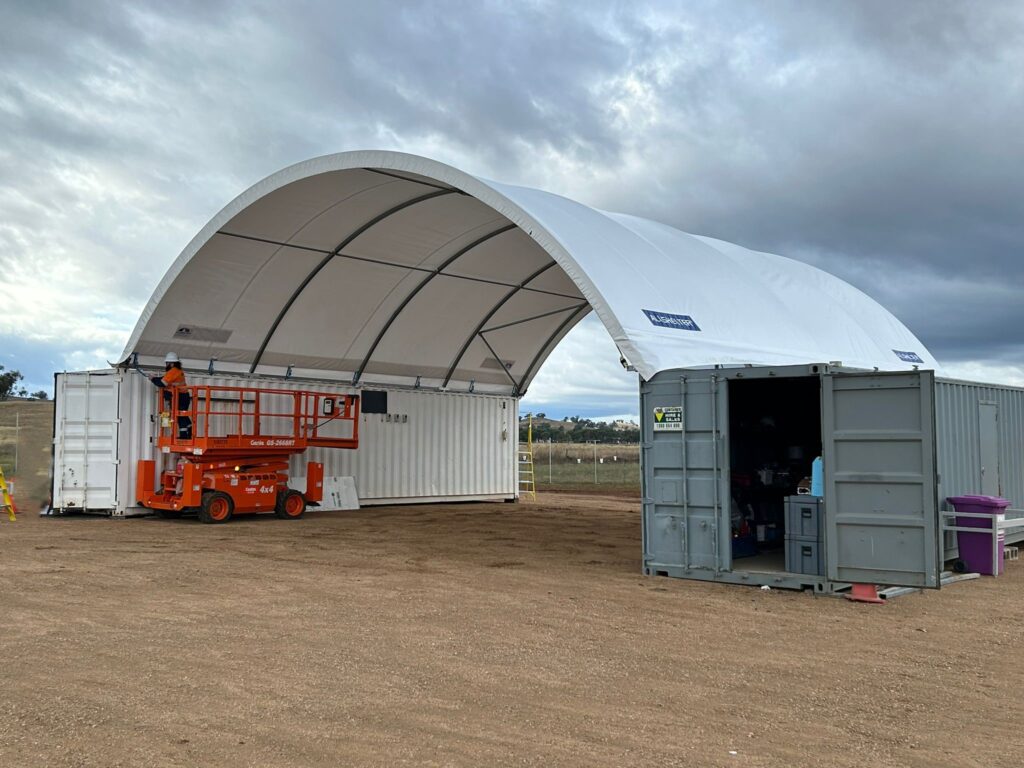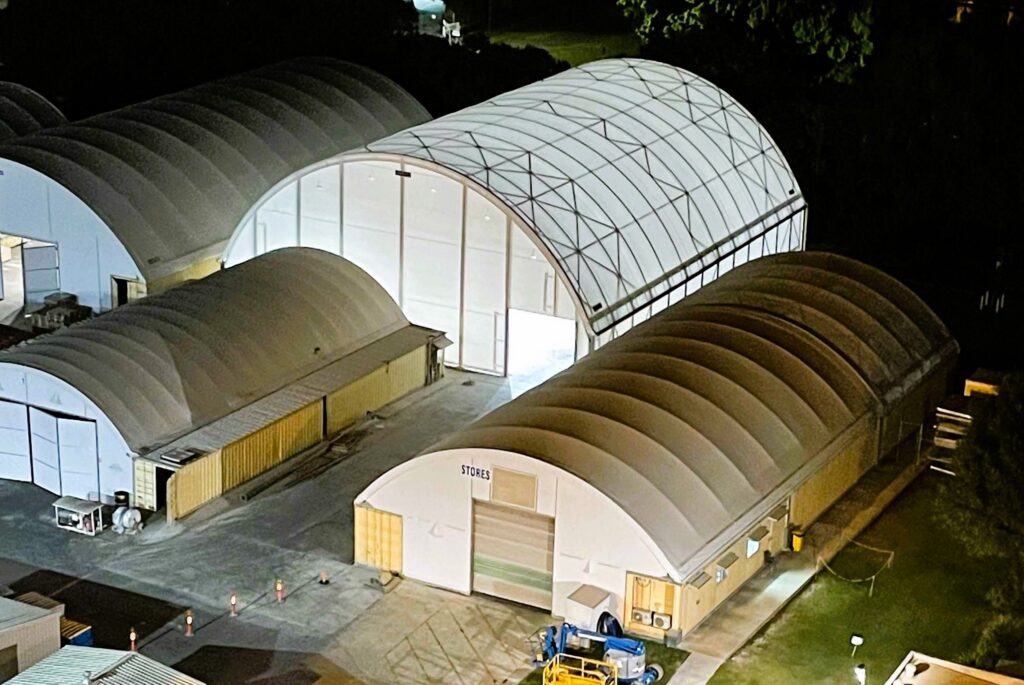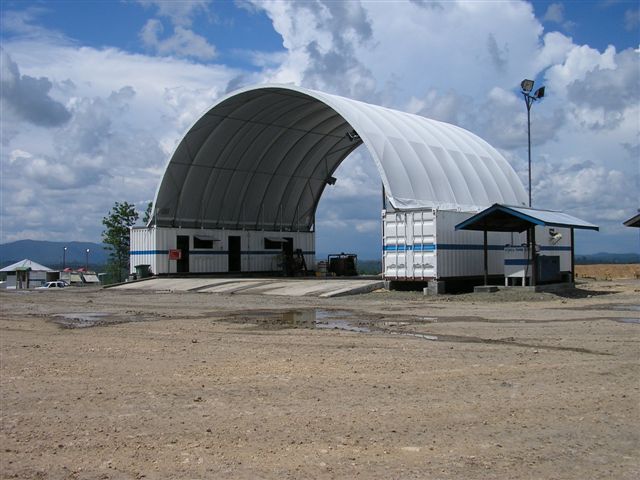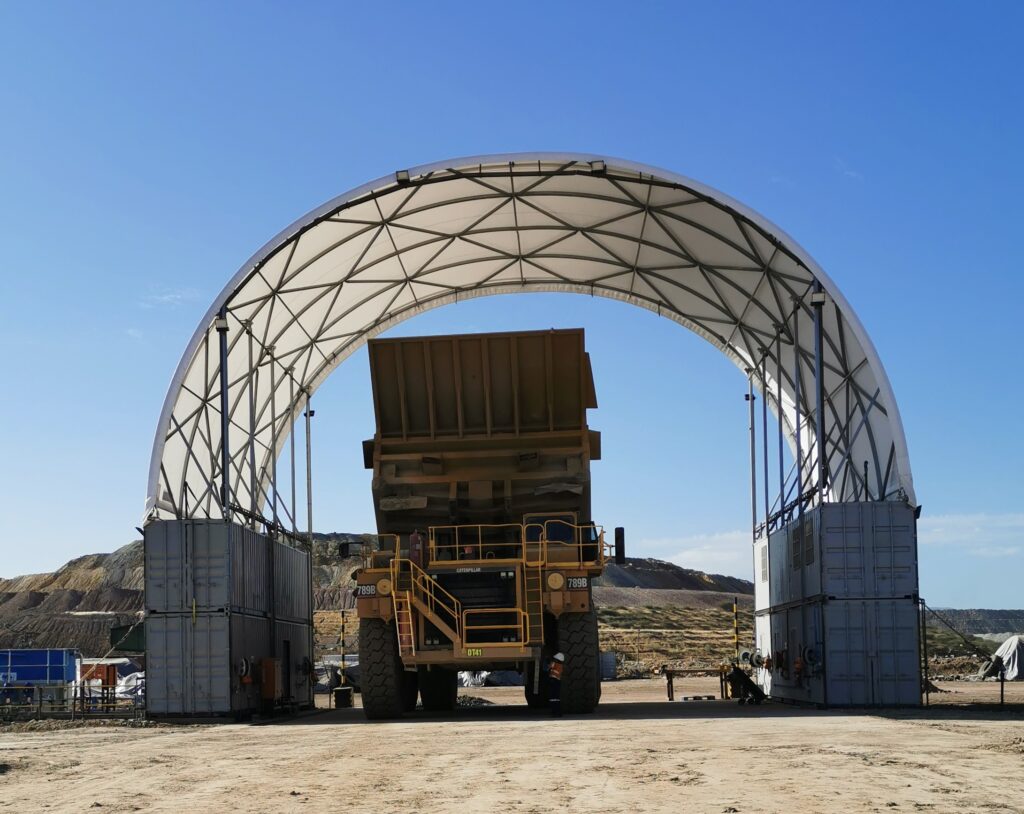Earthquakes are natural phenomena that occur when tectonic plates, which make up the Earth’s crust, interact. These interactions can include plates colliding, pulling apart, or sliding alongside each other. This geological activity causes seismic waves to ripple across the Earth’s surface, resulting in what we perceive as an earthquake. The impact of an earthquake can vary in intensity, leading to potentially devastating consequences, especially for traditional buildings and structures.
Structures built in earthquake-prone areas must be designed to withstand seismic activity, which is done by many things. Some buildings in Japan use shock absorbers, while many other countries use flexible steel skeletons, called reinforcement steel, to protect buildings from collapsing.
What Makes a Shelter Earthquake Resistant?
Shelters need to be engineered to the highest quality to be earthquake resistant. This is achieved through various design features that allow the structure to withstand seismic forces generated during an earthquake. These features include:
1. Curved Design
In terms of structures such as sheds and shelters, those built in a curve or dome shape have the best natural prevention of earthquakes compared to those with a flat or pitched roof. This advantage is attributed to the structural strength of the curved design, enabling it to withstand substantial forces without succumbing to fractures, primarily because the weight is evenly distributed across multiple points on its surface. This even distribution of weight alleviates stress in particular areas and reduces the risk of collapsing under the pressure exerted by earthquakes and other external forces.
2. Lightweight
Fabric shelters are lightweight structures when compared to their traditional counterparts. Their ductile nature is a significant advantage when dealing with seismic events because, unlike heavy concrete buildings, fabric shelters do not impose a substantial weight on the ground. This lightweight property means they exert less pressure on the soil and are less likely to sink or suffer structural damage during an earthquake.
3. Flexible Steel Frame
The steel frame of a fabric shelter is built with a degree of elasticity, allowing the structure to flex and absorb the energy generated by ground movement during an earthquake. Instead of breaking or collapsing, fabric shelters can bend and return to their original shape once the seismic activity subsides. This resilience is a critical factor in maintaining the shelter’s integrity and preserving its contents’ safety.
Conventional buildings made of concrete or rigid materials often require reinforced joints and braced frames to withstand seismic activity. These reinforcements add significant cost and complexity to construction. In contrast, fabric shelters do not need such structural enhancements as their inherent flexibility and lightweight construction naturally lend themselves to seismic resilience, eliminating the need for extensive reinforcements.
Creating a Safe Space
Having a safe space in case of emergency is incredibly important. Fabric structures can serve as a temporary sanctuary in the rare event of natural disasters or something of that nature. After an earthquake, the effects are often devastating, and people are left without shelter. However, thanks to its meticulously engineered design, dome shelters offer a haven to those in need, providing a haven from the elements, including wind, rain, intense UV rays, and hail.
During an earthquake, one of the primary dangers is the potential collapse of heavy building materials, leading to falling debris. Fabric shelters are less likely to shed debris due to their lightweight construction and the flexibility of their steel frame. This reduced risk of falling debris ensures the safety of the shelter’s occupants and minimizes damage to stored equipment and assets within.
Any potential aftershocks from the earthquake will have limited effects and rarely cause any damage to the shelter.
Why Allshelter
In summary, fabric shelters by Allshelter offer enhanced safety during seismic events. Their lightweight, ductile nature and elastic steel frame design enable them to withstand ground movement and absorb seismic energy without incurring extensive damage. This seismic resilience, combined with the absence of reinforced joints and braced frames, makes fabric shelters a cost-effective and safe choice for regions prone to earthquakes.
Contact our team today to order your fully engineered fabric dome shelter.
